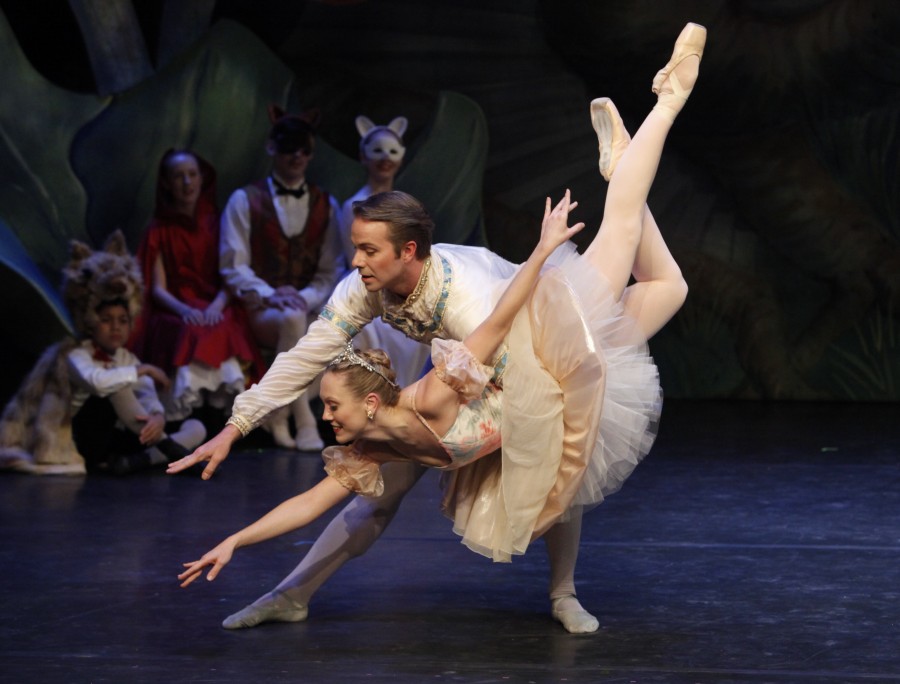

Naturally when you breathe in, your rib cage goes up and out and it promotes spine extension (i.e. Now the trick is to be smart and align your breathing with the movement. This is the first change you want to make in your ballet routine! Use your breath to facilitate movement: anticipate It really feels like a gentle tight girdle or corset: supported, lifted, held together. You don’t “close your abs in towards your midline”. That’s the level of abdominal contraction you want to maintain when you move around. So you’re not squeezing your belly in like crazy. Now focus on this muscle only and keep the same contraction level as you inhale. You should feel this muscle gently holding your organs and center together and wrapping around you like a belt. It’s your transverse abdominis: it wraps around your waist like a girdle and is essential to the stability of your spine (think balance, turns, jumps, partnering…). You should feel a deep abdominal muscle activate. Don’t think about how it will look like on stage, we are just experimenting new ways of breathing. Now try again as if you’re gently blowing through a straw to make small bubbles in your drink. Breathe out fullyīreathe out naturally: allow the air to come out. Think: my spine is reaching to the ceiling from my bottom to the crown of my head. You direct your focus on the back of your rib cage expanding behind you. The chest expands to the side but also to the back, the chest lifts a little and your belly relaxes a bit. What does efficient breathing feel like? How should we breathe? Breathe in: let the air flow inīreathe in naturally: just allow the air to flow in as deeply as you can. You want to feel the ribs widening in all three directions: front, side and back. Your spine is very straight or in extension: it restricts your shoulder movements and can be problematic for partnering. Your center of gravity is raised: it impacts your balance, You dont get much air in because the gas/blood exchange really happens in the deep lower part of your lungs, Incorrect breathing is when your rib cage doesn’t move at all, or you hold your breath most of the time, or, more commonly among dancers, you breathe from your upper chest keeping your stomach very tight: your chest lifts up and open wide to the sides but there’s no movement of your rib cage in the back: as a result, Now exhale slowly and allow the air to leave your body.ĭo you feel your tummy tightening and drawing in?ĭo you feel your spine is shortening or are you still upright and tall? Is your tummy relaxing a bit or expanding a lot?

Is your rib cage only moving through the sides?ĭo you feel the back of your rib cage expanding as well? Do this experiment with us. There’s no right or wrong answer at this stage, just awareness.īreathe in, allow the air to fill in your lungs. Let’s find out how you currently breathe. Breathing is an aspect of your dancing that is often overlooked. That said, you should not fight breathing, but you want to be aware of how you breathe and get the most of it. So breathing right is much more important that it seems. When you breathe, you move your rib cage which, directly or indirectly, affects pretty much your whole body. Your abdominal muscles attache to your rib cage AND your hips: oh!.Īnd last but not least, your psoas muscle attaches to your spine and is the only muscle that links your trunk to your legs (so it’s an important one) Your shoulders are attached to your rib cage, so your rib cage can restrict your shoulder motion. The shape of your spine impacts your balance and the fluidity of your movements. Your lungs are in your rib cage that attaches to your spine. We all know that, but there’s more to it. Obviously, breathing brings oxygen to your blood and muscles, and gets rid of the waste. Skeptical? Your breathing pattern affects your whole body!
#MOST DIFFICULT DIFFICULT BALLET MOVES FULL#
Yet, a deep active breath using your lungs full capacity will help you with your balance, leg height and stamina. No one thinks about breathing: it’s natural. But there’s a simple change you can implement now to get better quickly: breathe efficiently.

Ballet is athletic, and you’ll need to practice and build strength to sustain longer and harder variation. How many of us have collapsed backstage after a long or difficult variation trying to catch our breath before our next entrance? I have.


 0 kommentar(er)
0 kommentar(er)
